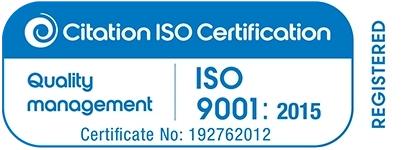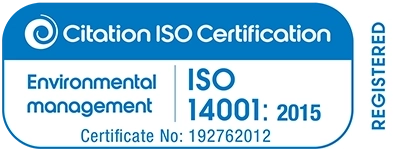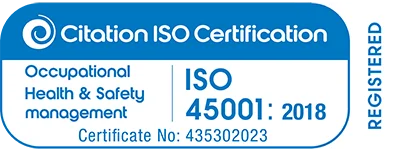Technology in the classroom is not a new phenomenon, but it’s one that is changing the face of education. Teachers are using new platforms and apps to engage students and implement innovative learning methods such as gamification in order to enhance both learning and contextual understanding.
As laptops and devices become ever more central to the curriculum, the ratio between students and devices has to be lowered – with a perfect world seeing each student using their own personal tech. Of course, for schools with hundreds of students and a limited budget, this situation is often unachievable. Allowing students to bring their own devices, however, could help solve the problem.
But what happens when these devices leave the classroom? The recent launch of the Micro:bit from the BBC is designed for students to immerse themselves in coding – both in and out of school. Increasingly, homework assignments are also being set on netbooks, iPads or similar devices with students taking them out of the classroom to complete tasks.
As the line between device use at school and home blurs, then, what challenges does this present to schools and how can they ensure that they have a robust, holistic storage policy in place to help them manage these devices?
Looking for details on integrating mobile devices to your digital classroom? Check out our 7 Step Guide and deploy, integrate and manage devices to benefit everyone.
Permanent protection
First and foremost is online security. Cybercrime is arguably the most prolific form of criminal activity at the moment, and educational establishments are vulnerable, as the sensitive data they possess in fact makes them a valuable target.
Of course, cyber criminals are not the only thing to consider when assessing online security. Organisations also have a responsibility to ensure that the content being accessed on devices is suitable, and so content controls and filters should be implemented to ensure this is the case.
Access everywhere
Managing device access is crucial to successfully allowing students to take home their technology. Supervising and remaining in control of desktop devices while providing the necessary resources is easy. But with portable devices, the challenge is entirely different. As educational organisations ramp up issuing assignments or homework to be done on personal devices, schools and universities must provide safe means by which to access this information.
Universal portal logins, such as those already seen on University desktops and the like, can ensure that students and teachers have secure 24/7 access to the resources they need.
Ready to go
‘Bring your own device’ or BYOD policies can prove troublesome if an organisation’s storage solution is not up to scratch; especially when you consider the device mesh that exists. Not every student will have a standardised tablet and there will be varying makes and models which need to work in conjunction.
If devices are to be a benefit to education, then they need to be charged, and most importantly, synced. After all, if a student cannot access information at home that they need, then they cannot complete their work. Similarly, if a student brings in to school a laptop with a presentation, but it dies, it is of no use.
As such, organisations should look to ensure that their storage solutions house, charge and sync multiple devices – to be sure that the device mesh does not prevent students using their personal devices for learning.
Read more and discover how to get everyone on board in our discussion with Tech Secondary.




